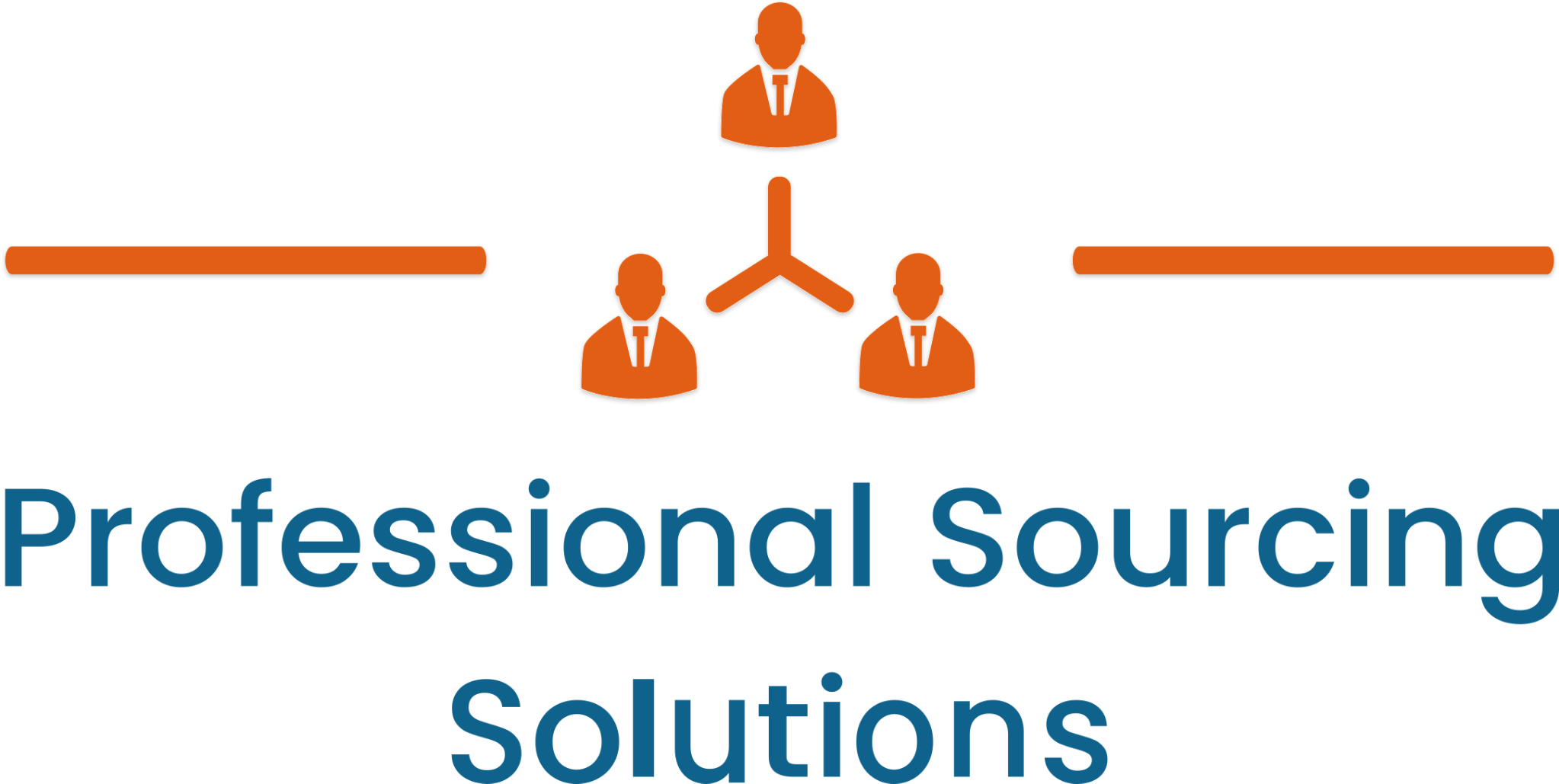
Employee training in the realm of retail is an often overlooked aspect, despite the prevailing mantra that ‘The customer is always right.” This age-old adage has permeated numerous retail articles, adorned office walls, and served as the inspiration for motivational speeches from company owners. While prioritizing customer satisfaction is undeniably crucial, the significance of effective employee training frequently remains in the shadows.
Your employees serve as the primary interface between your products and your customers. When these employees are engaged and informed, they become your most effective brand ambassadors, creating a ripple effect of brand evangelism that positively impacts your customers, enhances your brand image, and ultimately boosts your sales.
This article explores the significance of retail employee training and provides insights into best practices to ensure your staff performs at their best. Here, we’ll delve into the “Dos” and “Don’ts” of retail training, covering why training is vital, how to plan an effective curriculum, and the importance of employee appreciation, among other key aspects.
Why Retail Training Matters
Before delving into the dos and don’ts, it’s crucial to establish the significance of retail training. Retail is notorious for its high turnover rates, with 2022 witnessing a staggering 75% turnover rate for hourly positions, a notable increase from the previous year. Many retail businesses may hesitate to invest in training, viewing it as a costly and potentially wasteful endeavor, with around 3% of the annual payroll allocated to training activities.
However, the reality paints a different picture. Engaging and informative training can effectively reduce turnover rates. Employees who feel engaged, secure, and understand their career path are more likely to stay with your company. This is true not just for retail but for any industry.
Moreover, training is not just about retaining staff; it can significantly impact customer retention. Well-trained employees provide a superior shopping experience, which often translates into increased sales. In essence, investing in retail training is an investment in your company’s future success.
The Dos of Retail Employee Training
- Plan Your Training Curriculum for New Hires:
When introducing new employees to your team, having a clear and structured training plan is vital. This plan should cover all aspects of your business, from day-to-day operations to customer interaction. Consider these key elements:- Develop a training curriculum tailored to the specific roles within your team.
- Create an employee handbook with essential information that employees can reference at any time.
- Implement a training timeline with a breakdown of training modules, such as POS training, legal and HR policies, workplace conduct, customer service, and product knowledge.
- Company Mission and Vision:
Ensure your employees understand your company’s mission and vision. They should be able to articulate what your company stands for and why customers should choose your products or services over competitors. - Product Information and Training:
Equip your employees with in-depth knowledge about the products your company offers. It’s essential for them to understand what they are selling before they engage with customers. Utilize technology training, especially if your point-of-sale system provides rich inventory data. - Employee Roles and Growth Path:
Define, explain, and document each employee’s responsibilities and expectations. This is an ideal time to discuss workflows and the potential for career growth within your organization. - Technology Training:
Provide comprehensive training on the hardware and software that employees will use daily. Seek support from your point-of-sale provider to ensure a seamless integration of technology into your training program. - Company Policies:
Inform employees about workplace best practices, company rules, and dress codes. Have them acknowledge and sign agreements confirming their understanding of these policies. - Role-Specific Employee Training:
Tailor training to the unique needs of different roles within your retail business. Include feedback from previous employees and coordinate on-the-job training and shadowing experiences. - Types of Retail Training:
Recognize that different roles require distinct types of training. Focus on retail sales training, retail customer service training, and product knowledge to empower your employees to excel in their specific roles. - Regular Employee Monitoring and Reviews:
Set clear expectations and communicate them to your employees. Establish specific goals, timelines, and routine check-ins to monitor performance. Move away from traditional annual reviews to more frequent, informal feedback sessions to acknowledge and celebrate improvements. - Hire for Attitude, Train for Skill:
Prioritize hiring individuals with the right attitude and values. Attitude is often more difficult to change than skills. Seek employees who are open to learning and share your company’s values. - Role Play Regularly with Staff:
Role-playing can be an effective way to reinforce training. It helps employees practice and build confidence. Implement role-playing scenarios during shifts and meetings to enhance the learning process.
The Don’ts of Retail Employee Training
- Underestimate the Value of Employee Appreciation During Training:
Employee recognition is vital for establishing trust and loyalty and reducing turnover. Lack of appreciation is a significant reason for employees leaving their jobs. Create a culture of appreciation through simple gestures like praise, expressing gratitude, and implementing peer-to-peer recognition programs. - Keep Training Sessions Short:
To enhance knowledge retention, keep training sessions short, ranging from 15 minutes to an hour. Incorporate on-the-job learning and tasks to help employees apply what they’ve learned. - Try to Speed Up Training by Cutting Out Materials:
While keeping training sessions short is crucial, ensure they remain comprehensive. Employees need a thorough understanding of their roles and responsibilities, even if they won’t perform all tasks immediately. - Be Too Rigid with the Rules:
Different areas of your business may require varying levels of rule enforcement. While some aspects, such as equipment operation, demand strict adherence to guidelines, others, like customer interactions, may benefit from employee empowerment and judgment.
How Can Your Business Improve Employee Training?
Retail employee training is a dynamic and ever-evolving process. By following these dos and don’ts, you can create an effective training program that not only boosts employee performance but also enhances customer experiences, drives sales, and secures the future success of your retail business. Remember that investing in your employees is an investment in the prosperity of your company.
Professional Sourcing Solutions is a staffing agency based in Ontario, Canada that specializes in retail staffing. Book a free consultation to learn more about how we can help you with your staffing needs.



